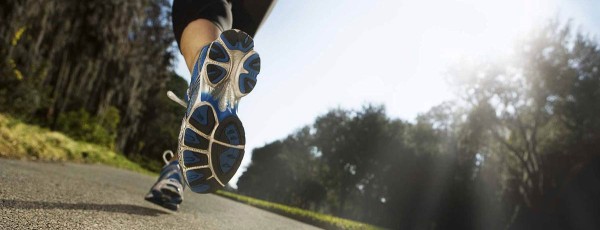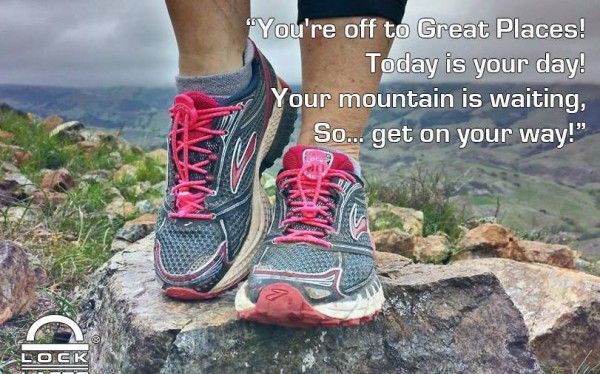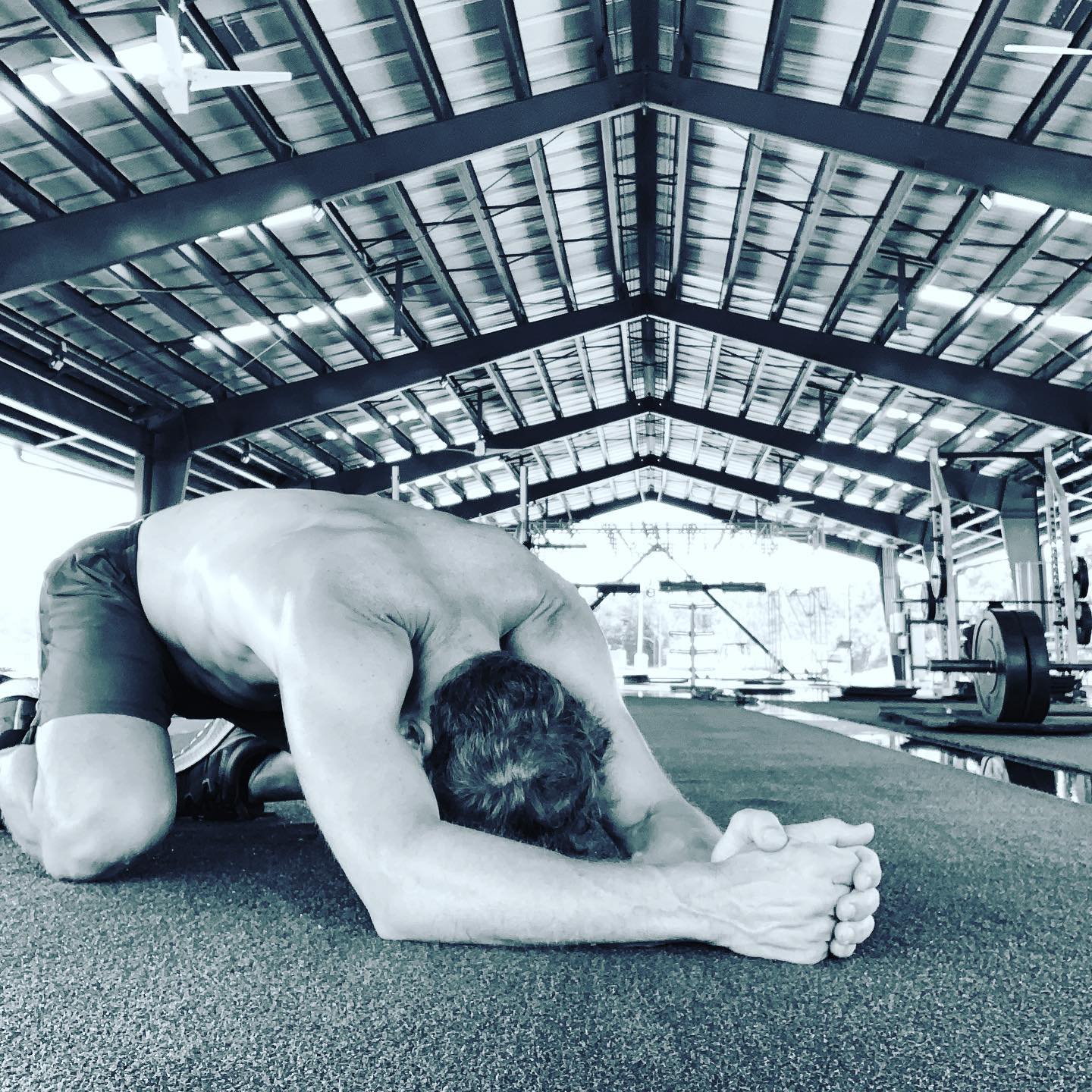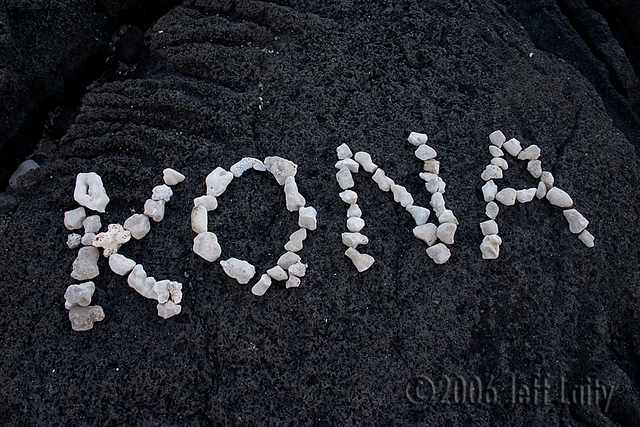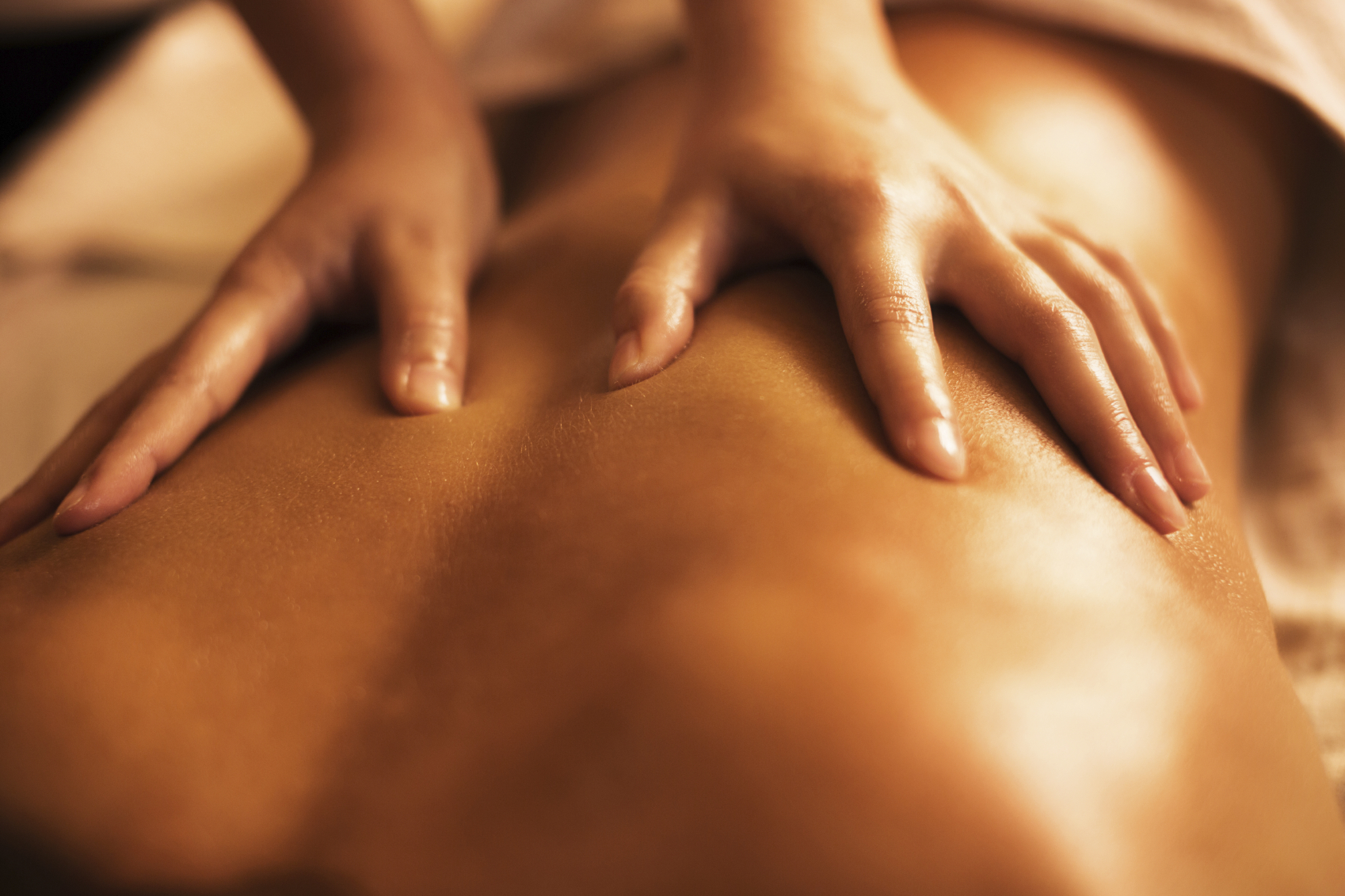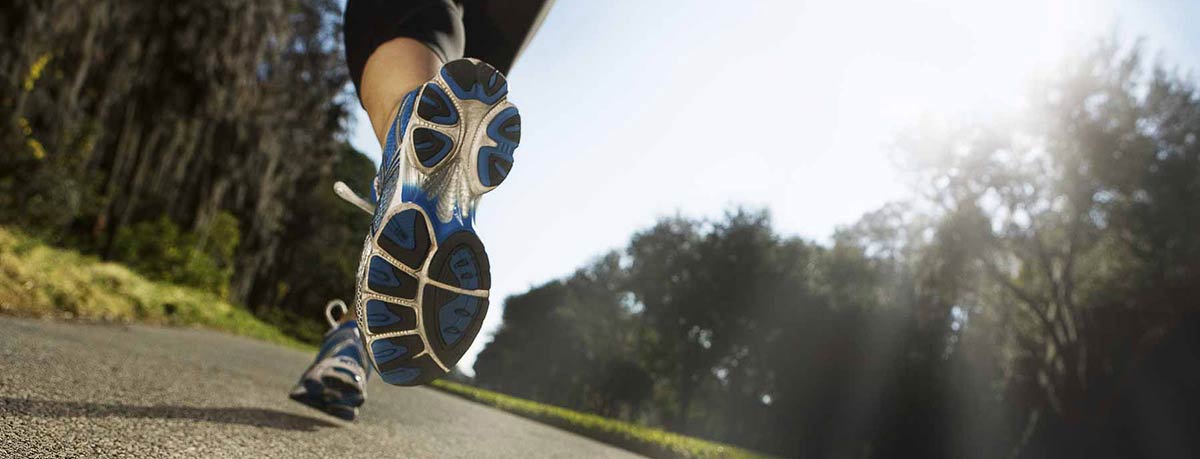Time Crunched?

Time Crunched?
Time crunched? Eat, sleep and rejuvenate on the fly with these time-saving tips.
Triathletes are busy, goal-driven people. Not only do we juggle training for three sports, many of us hold down full-time jobs while trying to spend time with our families, among other activities.
What’s the secret to getting fitter, stronger and avoiding injury among all this activity? It lies in finding a balance between stress and rest. Physical training provides the necessary stress that allows for critical adaptive response, or fitness gains, to take place. But this adaptation can only occur in our rest phases—the time in between workouts.
In order to improve, you must consider your recovery as equally important to training. In fact, recovery is simply an extension of training. While there are numerous expensive and time-consuming recovery methods (think fancy zero gravity treadmills and weekend retreats), most triathletes tend to gravitate towards three main methods: sleep, nutrition and massage. These three are the most effective, cost sensitive and realistic for busy athletes. Below are creative suggestions for getting in a quickie—even in the busiest of schedules.
Get your Z’s
While it may be tempting to cut out an hour of sleep in order to get your next workout in, you may actually negate the positive effects of the training by doing so.
During sleep the body produces hormones that facilitate the recovery process. If you aren’t getting enough, you are missing out on a key opportunity to get stronger, faster and fitter.
Most athletes need seven to nine hours of sleep per night. Heavy and/or intense training loads sometimes require even more.
→ Sleep Tips
- Commit to a consistent bedtime routine
- Get off electronic devices 60 minutes before bedtime
- Limit caffeine by mid afternoon and alcohol
- Sleep until you naturally wake up as often as your schedule allows
- Take naps to supplement your nighttime sleep and help reduce sleep debt
- Keep your room cool and dark, which promotes deep sleep
Refuel
Recovery begins the minute your workout is over with a post-workout snack. The optimal window for glycogen repletion is within 30 minutes post workout. During that critical window of time, blood flow to the muscles is greater, digestive enzymes are most active and the muscle cells are more sensitive to the effects of insulin, which promotes glycogen synthesis.
Research shows that athletes who follow the 30-minute rule will store up to three times more glycogen than those who wait two or more hours to eat. The faster you replace glycogen stores, the faster you recover.
The ideal recovery snack should include 15 to 25 grams of protein to stimulate muscle repair and 1.0 to 1.5 g/kg carbohydrate. (A 4:1 or 3:1 carbohydrate/protein ratio.)
→ Quick snacks
- Low-fat chocolate milk
- Pretzels and peanut butter
- Greek yogurt with granola and fresh fruit
- Fruit smoothie with yogurt
- Low-fat cheese and crackers with sports drink
- Bagel with peanut butter and jelly
- Turkey and cheese sandwich
Snacks aside, don’t skip your next meal! Ideally, 90 minutes after the post-workout snack, your body will still need to receive a balanced meal for optimal recovery.
Limber up
While you might just want to flop down on the couch after a hard training session, keeping your muscles in motion throughout the day can help keep injury at bay. This is especially important if you sit at a desk. “Increasing your flexibility is a way of keeping your body young and supple, and of allowing it to perform better and stay pain free,” says Lifesport coach, Lucy Smith. “Work on maintaining your body’s unique flexibility, which will allow you to perform better and recover faster from workouts.”
→ Quick rejuvenation
- Stretch in the shower
- Move around and stretch during the day—even if only for a minute or two at a time
- Prop your feet up on the desk during a conference call to elevate the legs
- Perform the “legs up the wall” pose with your rear end as close to the wall as it can comfortably go. Hold for five minutes.
- Wear compression socks/sleeves under your work clothing (ladies: compression socks make great boot socks)
- Foam roll your hips and thighs at lunch break, or in the evenings while spending time with your family
- Ice areas that are tight or inflamed
Recovery is critical and can be simple—no matter how busy you are. It’s about finding ways to make it part of your routine, just like swimming, biking, and running.
Time Crunched?

